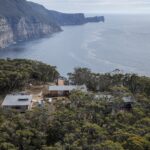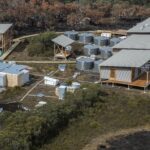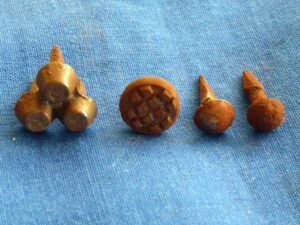Jon Gray, Bushwalking NSW Vice President and Young People in Clubs (YPIC) Working Group
14 July 2023
Bushwalking clubs throughout NSW and the ACT do not appear to be attracting younger members. This raises concerns regarding the ongoing regeneration, health and long-term viability of our clubs. I believe a change of our image is required.
I fear that bushwalking clubs, bushwalkers and the activity of ‘bushwalking’ do not have a dynamic and exciting image in the wider community, particularly with younger people. We and our beloved activity are generally not perceived as exciting or ‘cool’ but regrettably as rather staid and boring, and this is discouraging younger people from joining our clubs. This is a real shame, because most of us are in fact adventure seekers who believe in living life to the full. I believe we need to project an image of adventure and excitement to reinvigorate the whole movement.
My belief is that some change in the naming of our clubs is required to boost our image. Our names should give greater emphasis to ’outdoor adventure’ related activities, which I believe sounds more exciting and inspiring than the somewhat dull ‘bushwalking’ alone. I know that the term ‘bushwalking’ is held dear by many of us, therefore, I am only suggesting the simple addition of extra words into our club names, for example ‘Highlands Bushwalking Club’ changing to ‘Highlands Bushwalking and Outdoor Adventure Club’. At a broader level, I am also advocating a change from ‘Bushwalking NSW’ to ‘Bushwalking and Outdoor Adventure NSW/ACT’.
Also important is that most bushwalking clubs in NSW and the ACT typically do so much more than just ‘bushwalking’. Other activities such as cycling, canyoning, caving, kayaking and cross-country skiing are also widely undertaken. Furthermore, the term ‘bushwalking’ is not always apt when walking in alpine, or desert environments, or for overseas activity such as in Nepal, where terms such as hiking, trekking or the recently coined ‘wildwalking’ are more appropriate. Where clubs are just called ‘bushwalking clubs’ there is no suggestion they are involved in these other activities. It seems we are selling ourselves short.
It is interesting to note the gradual decline in the term bushwalking in Australia over the past two decades, based on Google search trends. From Figure 1 below, it is evident that in 2004 bushwalking and hiking had similar usage, but now hiking has a 20-fold wider usage. The term adventure currently has a 40-fold wider usage than bushwalking.
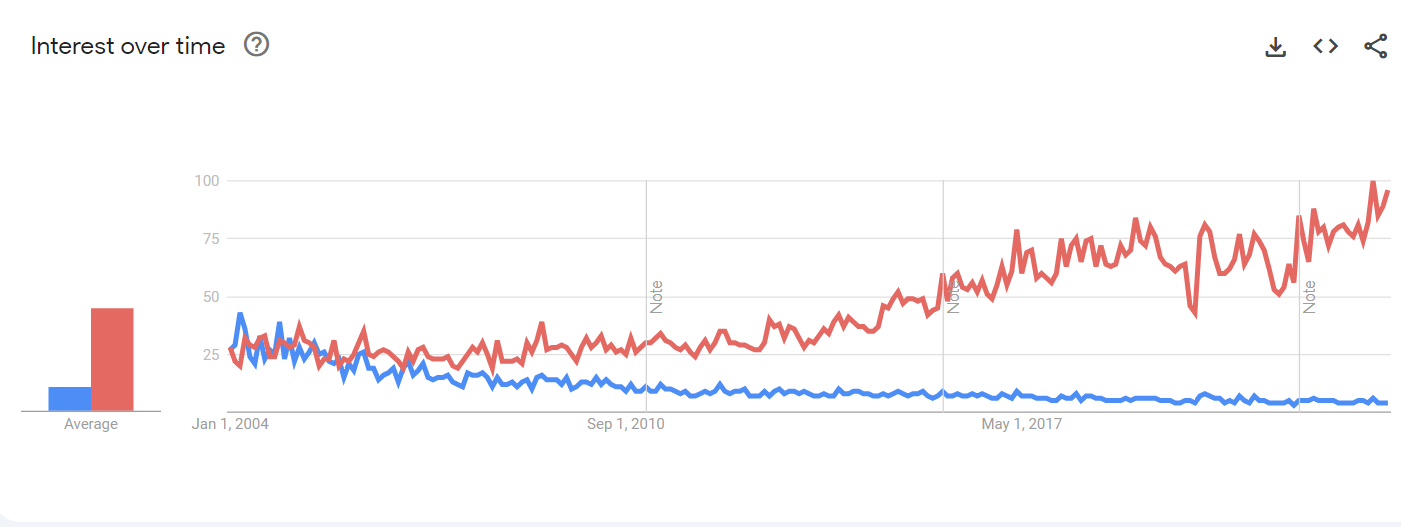
https://trends.google.com/trends/explore?date=all&geo=AU&q=bushwalking,hiking
Figure 1: Comparison of trends in use of “bushwalking” and “hiking” terms in Australia, 2004 to 2023.
In summary, I believe a change in the naming of our clubs is necessary to foster a more exciting and dynamic image within the bushwalking movement across NSW and the ACT. I believe the addition of terms such as ‘outdoor adventure’ to club names, and to BNSW itself, will help to reinvigorate the whole movement. We want and need young and adventurous people to think ‘Wow, that sounds like an exciting group! How can I get involved?’ I believe other measures we might adopt to attract younger members, such as increased promotion through social media, are unlikely to be successful in the long term without an underlying change of image.
What do you think? Please discuss this issue amongst your fellow club members and email your comments to youngpeopleinclubs@bushwalkingnsw.org.au. BNSW hopes to soon conduct a survey amongst existing club members and also the wider community to help gauge perceptions of bushwalking and outdoor adventure terminology.
Jon Gray, Vice-President, Bushwalking NSW
Email: youngpeopleinclubs@bushwalkingnsw.org.au



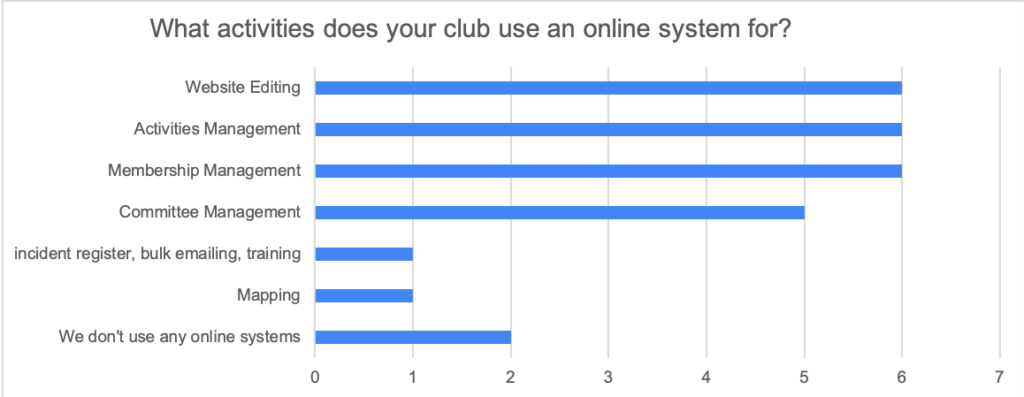
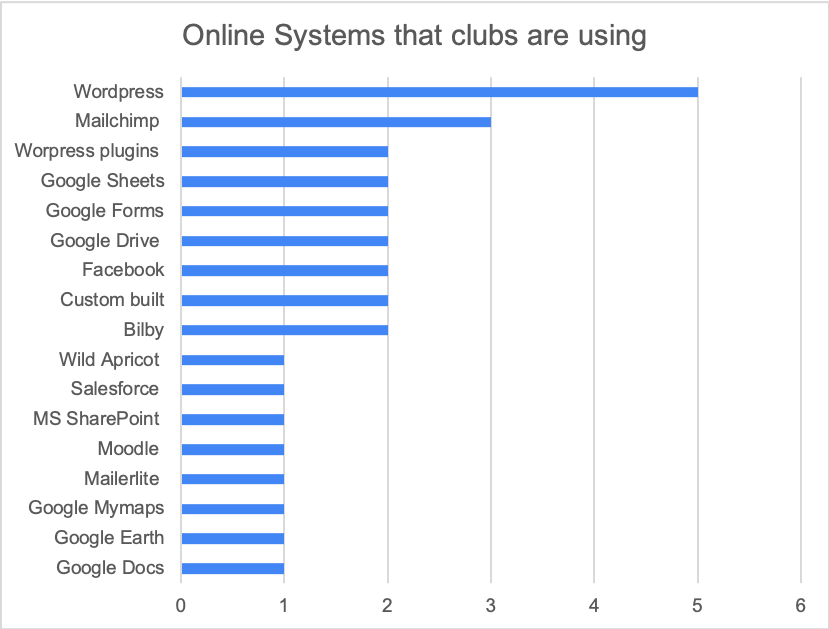
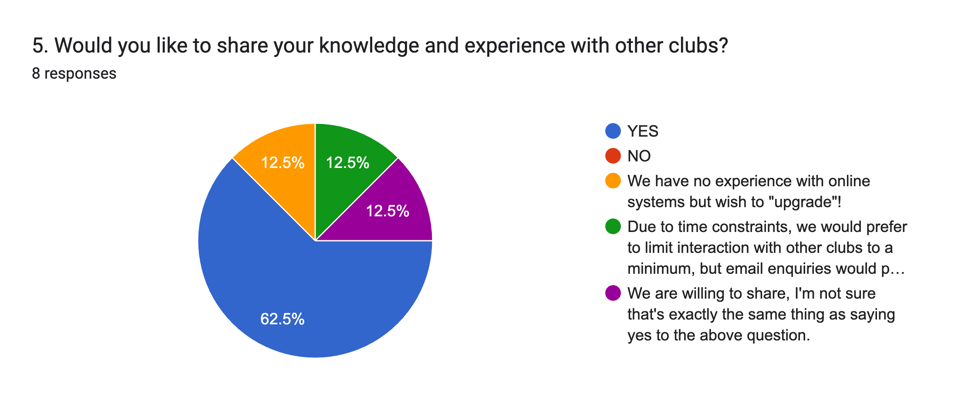
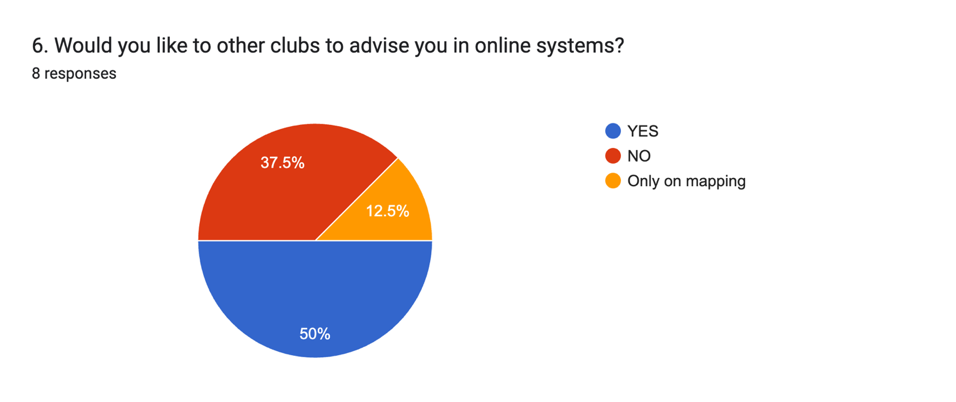
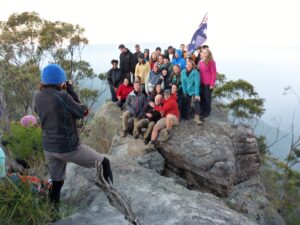

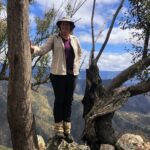 We began by discussing our values, which determined the form the club would take. We agreed to set up a not for profit incorporated association and to affiliate with Bushwalking NSW Inc. This provides legal protection and insurance for our volunteer and members, allowed us to open an association bank account and get an ABN (useful for grants), and to benefit from knowledge shared within the NSW peak bushwalking organisation.
We began by discussing our values, which determined the form the club would take. We agreed to set up a not for profit incorporated association and to affiliate with Bushwalking NSW Inc. This provides legal protection and insurance for our volunteer and members, allowed us to open an association bank account and get an ABN (useful for grants), and to benefit from knowledge shared within the NSW peak bushwalking organisation.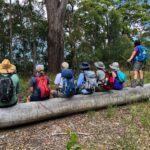 Once again, our group met at the Botanic Gardens to discuss our first activity program. Talking about walks is way more fun than constitutions! The final step in the process was completing the forms for affiliation with Bushwalking NSW Inc, and paying our first insurance premium. This was done in late November, just in time for our first walk on 4th December 2021.
Once again, our group met at the Botanic Gardens to discuss our first activity program. Talking about walks is way more fun than constitutions! The final step in the process was completing the forms for affiliation with Bushwalking NSW Inc, and paying our first insurance premium. This was done in late November, just in time for our first walk on 4th December 2021.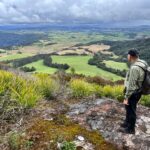 We like to walk, but we’re not so keen on admin. We would rather not have to nag people to pay fees, or update membership registers, or, as leaders, have to remember who signed up for a walk and who cancelled and how many are coming now and what is that new person’s name again? Fortunately, we had a committee member with website skills.
We like to walk, but we’re not so keen on admin. We would rather not have to nag people to pay fees, or update membership registers, or, as leaders, have to remember who signed up for a walk and who cancelled and how many are coming now and what is that new person’s name again? Fortunately, we had a committee member with website skills.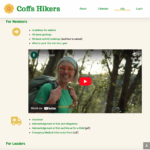 We built what techies call a “minimum viable product”. This avoids getting bogged down in committee discussion, designing an overly complex solution. We got a basic site up quickly, and learnt from that. We also tried to avoid reinventing wheels. For example, we link to Lotsafreshairs excellent videos and the Bushwalking Manual, no need to write your own.
We built what techies call a “minimum viable product”. This avoids getting bogged down in committee discussion, designing an overly complex solution. We got a basic site up quickly, and learnt from that. We also tried to avoid reinventing wheels. For example, we link to Lotsafreshairs excellent videos and the Bushwalking Manual, no need to write your own. MemberPress provided us with a login system and the ability to restrict content to members only. We set up two membership classes (Trial, Full members) with different fees. We created an online membership form with a digital acknowledgement of risk and connected it to PayPal. We also provide an option for payment by bank transfer, but hardly any people have used this.Members can update their information, if their address changes, for example. Reminders are automatically sent when membership is due for renewal. We created roles for Committee Members and Leaders, who have access to extra functionality.
MemberPress provided us with a login system and the ability to restrict content to members only. We set up two membership classes (Trial, Full members) with different fees. We created an online membership form with a digital acknowledgement of risk and connected it to PayPal. We also provide an option for payment by bank transfer, but hardly any people have used this.Members can update their information, if their address changes, for example. Reminders are automatically sent when membership is due for renewal. We created roles for Committee Members and Leaders, who have access to extra functionality.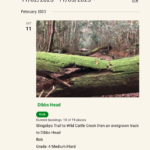 We installed The Events Calendar to manage our program of walks, cycling, kayaking, meetings and social activities. A calendar overview is available to the interested public as this encourages new members to join, but only members can see details such as leaders contact information, meeting place and time. We use Registrations for The Events Calendar Pro to manage online bookings, cancellations, maximum group size and a waitlist, an attendees list, walk reminder emails and more. A pre-filled sign on sheet is emailed to the leader the night before the activity, which makes it easy to remember who is coming!
We installed The Events Calendar to manage our program of walks, cycling, kayaking, meetings and social activities. A calendar overview is available to the interested public as this encourages new members to join, but only members can see details such as leaders contact information, meeting place and time. We use Registrations for The Events Calendar Pro to manage online bookings, cancellations, maximum group size and a waitlist, an attendees list, walk reminder emails and more. A pre-filled sign on sheet is emailed to the leader the night before the activity, which makes it easy to remember who is coming!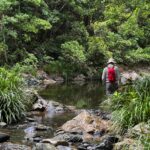 We also set up a shared Google Drive for storing documents and working collaboratively on committee meeting minutes and finance spreadsheets, for example.
We also set up a shared Google Drive for storing documents and working collaboratively on committee meeting minutes and finance spreadsheets, for example.